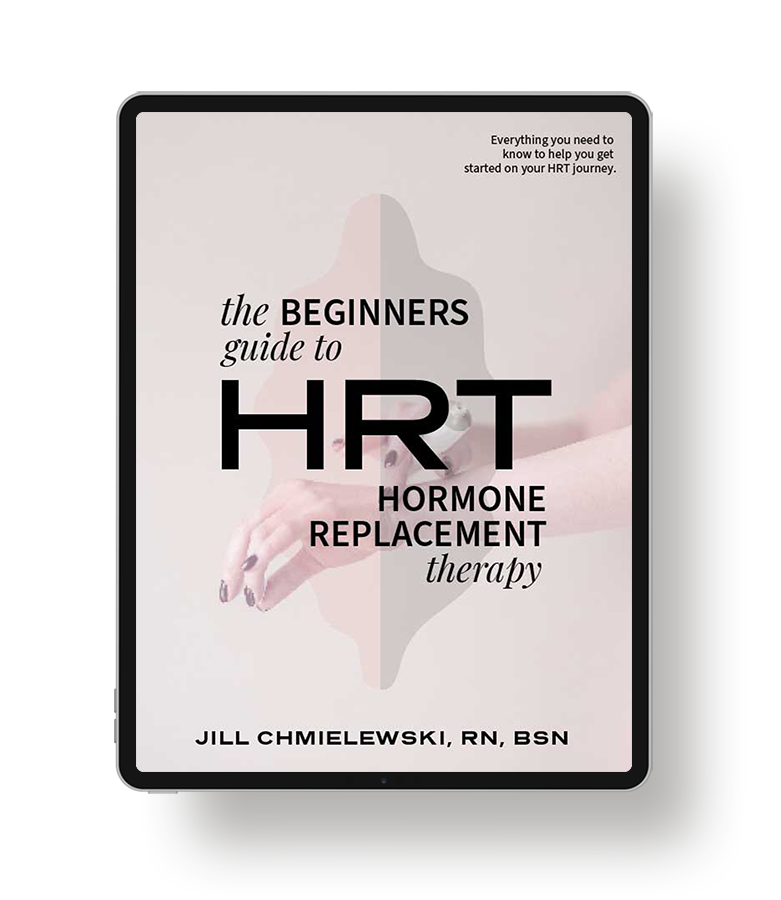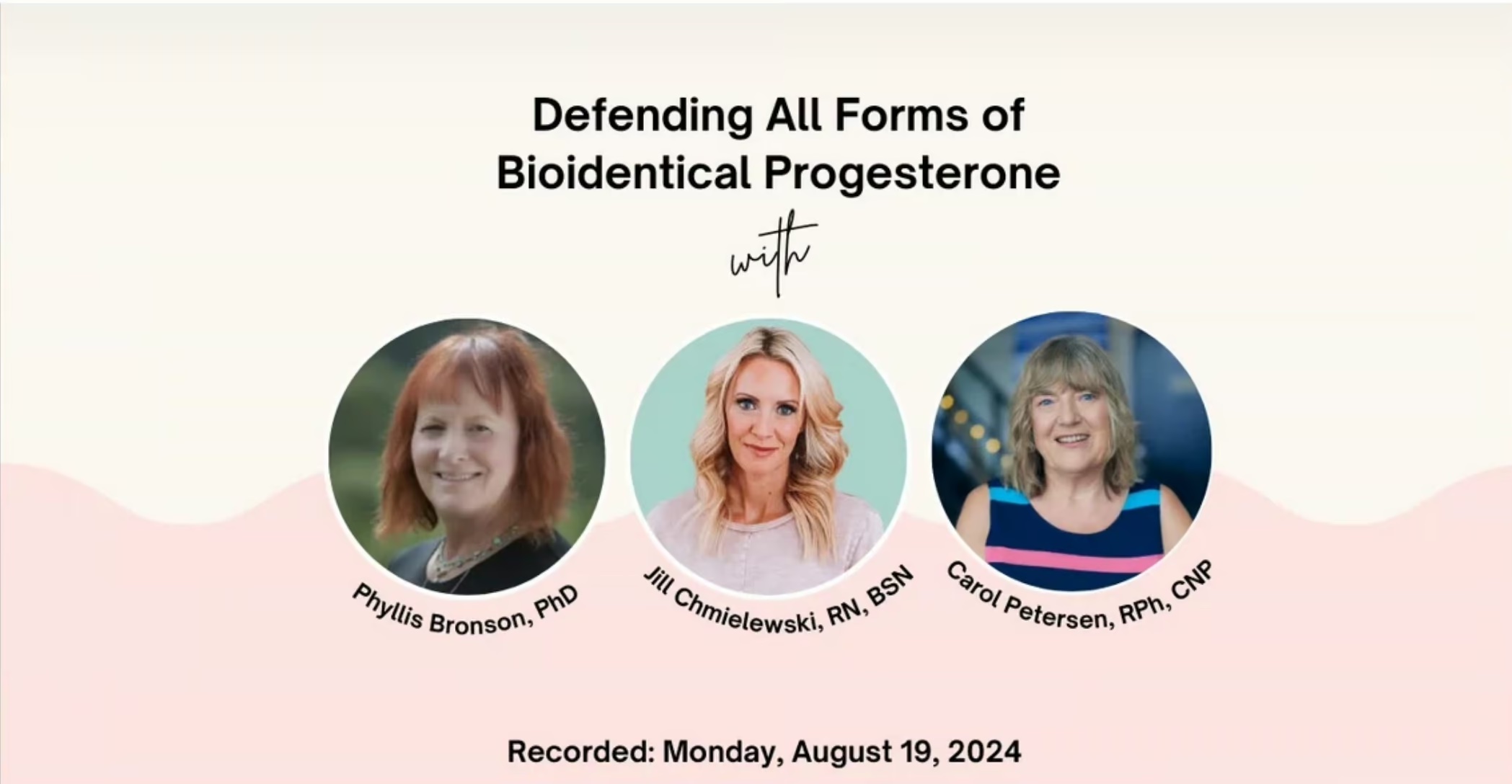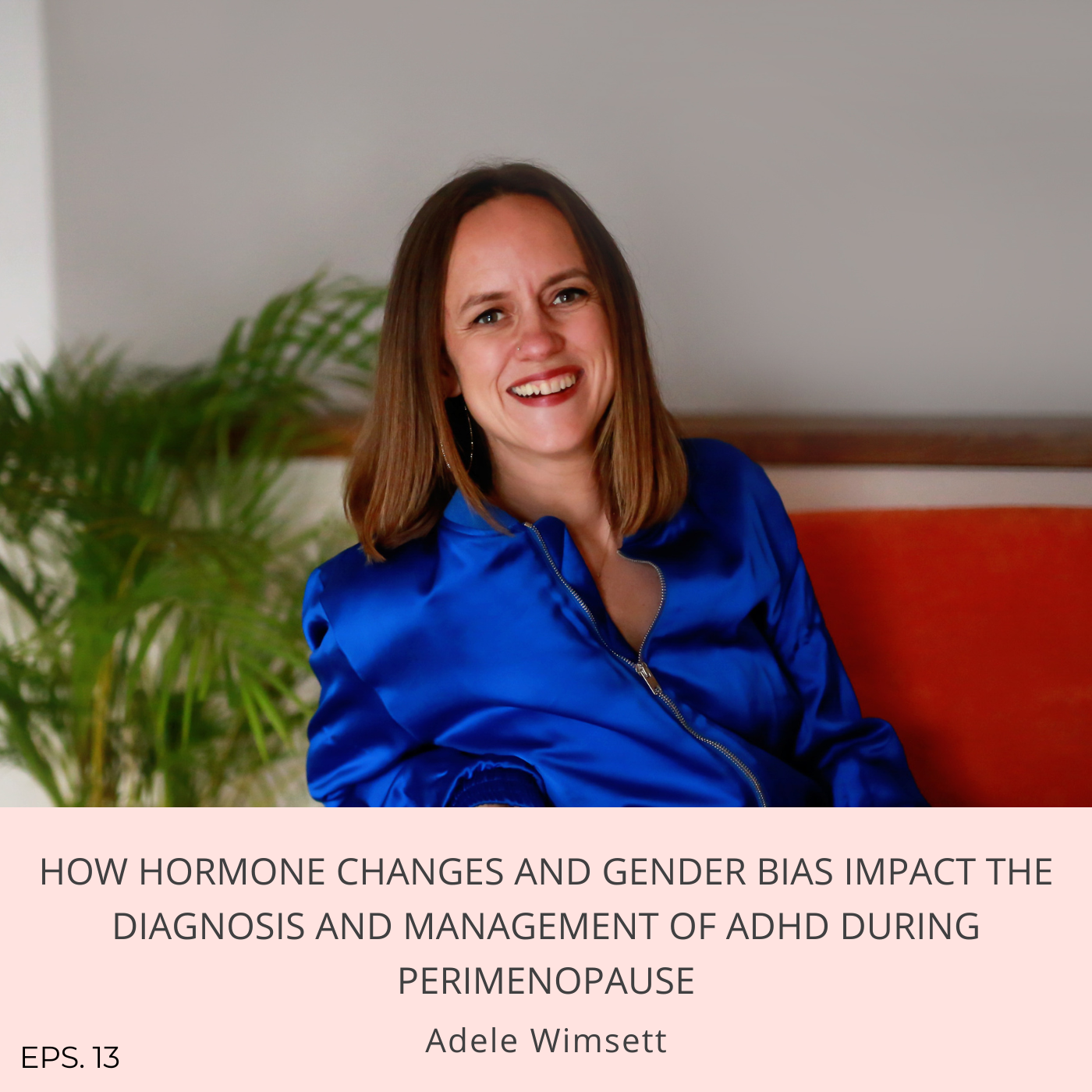We talk A LOT about hormone-disrupting chemicals these days, but most women I talk to don’t really understand how and why these hormones are so dangerous. So let me explain.

First of all, what is a hormone?
Hormones are communication messengers made in various tissues, organs, and glands throughout the body. You might think of hormones as a sophisticated email system, dropping off messages and instructions to different cells throughout the body.
Once hormones are made, they are released into your bloodstream where they cruise around looking for what we call target cells ~ that is, cells that are able to receive their message. The messages are communicated via receptors that sit on and inside the target cell.
There are specific receptors for specific hormones ~ not all hormones can fit into all hormone receptors.
Estrogen is intended for cells that have estrogen receptors…..
Progesterone is intended for cells that have progesterone receptors…
Thyroid hormone is intended for cells that have thyroid receptors….
And so on.
Many cells can and do have receptors for more than one hormone.
Once the hormone swims to a target cell, it nestles into the cell receptor. This nestling causes the two to shapeshift – it looks a little bit like two people rolling around under the covers. 😉
This shape-shifting is how the hormone communicates its message or instructions. The longer the hormone nestles into the receptor and the longer the shape-shifting occurs, the longer the message is communicated.
What types of messages are communicated?
You’ve probably never given much thought to how or why certain things happen in your body. In many cases, it’s your hormones that provide your body’s cells with instructions on what to do.
Hormones……..
- Tell sperm how to reach an egg
- Tell your brain how to focus and remember
- Tell your personality what mood you feel
- Tells your cells how to handle sugar
- Tell your blood vessels to stay flexible and healthy
- Tell your bones to grow
- Tell your intestines how to move the muscles to propel food through you
- Affect the tone of your muscles
- Affect your ability to burn calories
- Tell your joints to stay lubricated
- Influence your ability to have an orgasm
- Tell your blood vessels to stay healthy
- Influence your level of satiety after eating
- And so much more!!
Your hormone receptors are promiscuous
The funny thing about hormone receptors is that they are not all that discerning. They’ll let any old “hormone-look alike” nestle into them as long as that substance looks somewhat like the target hormone. You might think of them as being a bit promiscuous.
What does this have to do with hormone-mimicking chemicals?
Many women are confused about how hormone-mimicking chemicals disrupt their normal hormone function. So let’s walk through an example.
It’s a typical day and your ovaries are busy doing their usual hormone-producing duties. They make and release some estrogen into your bloodstream. At the same time, you’ve just showered and primped after your workout at the gym. Because your makeup, body wash, deodorant, shampoo, and facial cleanser contain parabens (preservatives that are widely used in cosmetics), those parabens are swimming through your bloodstream as well.
The parabens make their way to a target cell before the estrogen does. Since parabens look an awful lot like estrogen, the target cell’s receptor is more than happy to welcome the paraben with open arms. The paraben nestles into the receptor, shape-shifting occurs, and the messages or instructions are communicated to your cell. Only it isn’t a good set of instructions. If it nestles into your breast cell, it may tell that cell to proliferate. If it nestles into an ovarian cell, it might disrupt your normal hormone production. You get the idea right?
Hormonal messages cannot be communicated effectively in the presence of hormone-disrupting chemicals.

We don’t know the extent of damage from hormone-disrupting chemicals
We now have over 85,000 chemicals registered with the EPA, with about 2,000 chemicals added each year. Those chemicals aren’t tested ~ they are merely registered with the EPA, so we don’t know the extent to which these chemicals may harm the body.
What we do know is this 👉🏼Hormone disrupting chemicals do just that ~ they disrupt the normal communication messages between hormones and their intended target cell by either displacing our own internally made hormones or by damaging cell receptors so that they no longer work properly.
Currently, there is no way to test the health of our hormone receptors. We might have optimal levels of hormones in our body via blood and urine testing, but if the hormone doesn’t make it to the receptor because a hormone-mimicking chemical is occupying the receptor OR the cell receptor has been damaged from a chemical (or virus, toxins, etc), then the cell won’t get the message that it needs in order to do its job.
I’ve worked with many clients who have optimal hormone levels but continue to experience hormonal symptoms. One of the first things we would do is take a survey of where hormone-disrupting chemicals may be coming into the body.
Hormone disrupting effects are likely cumulative
One other thing I’d like to mention is that we don’t yet know the full extent of damage that hormone-disrupting chemicals can have on the body. Individually, we may know about the effects of a single hormone-mimicking chemical, but we don’t yet know the effect it might have when combined with other hormone-disruptors.
Most women are exposed to multiple hormone-disrupting chemicals, multiple times per day for many, many years. This is certainly one of the reasons that we are seeing a rise in hormone issues (ie. infertility, imbalanced hormones, hypothyroidism, etc) among women and men! Sadly, I suspect that we will learn more about the cumulative effects that these chemicals have over time.
So, what can you do to decrease your exposure to hormone-disrupting chemicals?
The best advice I can give you when it comes to hormone-disrupting chemicals?
Do your best to decrease your exposure to these chemicals AND be sure that you are supporting your body’s internal detoxification system. I go through this topic in-depth in The Peri to Menopause Roadmap, so pick up your copy now, and you’ll get access to additional resources, including my Detoxification Guide. The Detox Guide will provide you with the basics behind detoxification, walk you through the day in the life of a typical “superwoman” highlighting the multitude of toxins she is exposed to each day, provide a toxicity questionnaire so that you can gauge your level of toxic exposure, and provide you with actionable steps (ie. toxin-fighting foods and supplements, household and beauty swaps and more!) you can take to reduce your toxin exposure right away.





